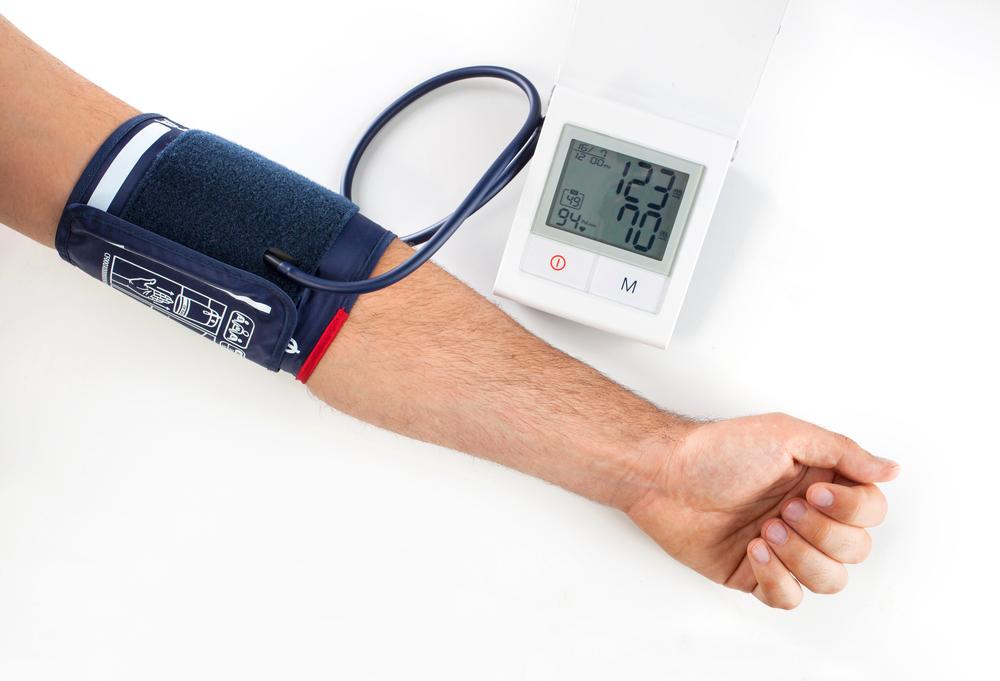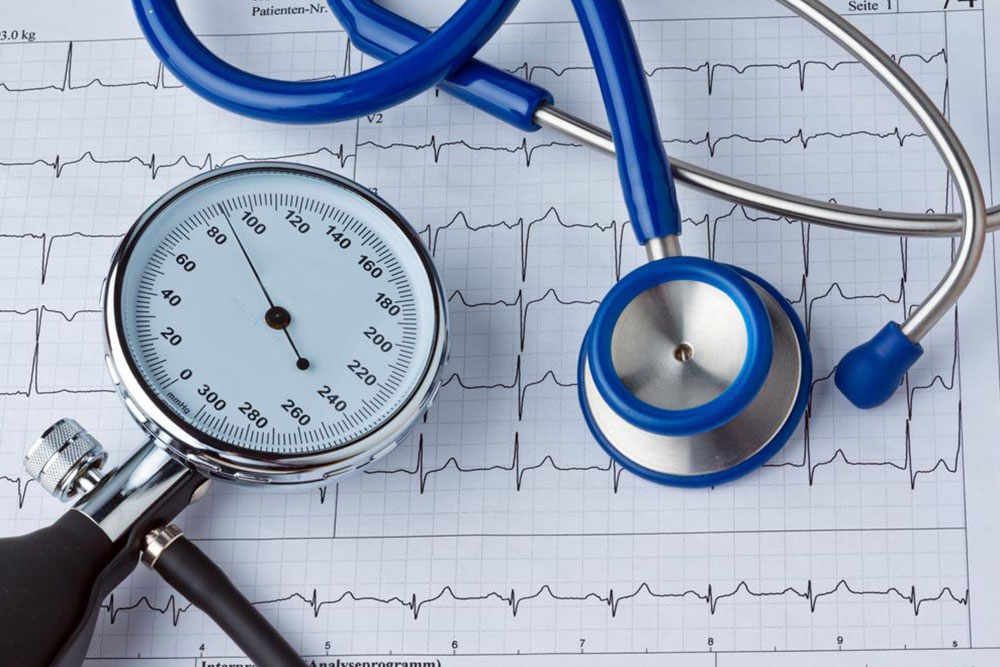Comprehensive Guide to Understanding Blood Pressure Readings for Heart Health Optimization
Understanding blood pressure readings is crucial for maintaining heart health. This detailed guide explains blood pressure categories, interpretation of readings, and practical tips to keep your blood pressure within a healthy range. Regular monitoring and lifestyle changes can prevent serious health issues related to hypertension and hypotension, supporting overall cardiovascular well-being.

A Complete Guide to Understanding Blood Pressure Readings and Enhancing Heart Health
Maintaining a healthy blood pressure level is vital for overall cardiovascular health and long-term wellness. Blood pressure, a key indicator of heart function, reflects the force exerted by circulating blood on the walls of arteries. Both elevated and abnormally low blood pressure levels can lead to serious health complications, including heart disease, strokes, and organ dysfunction. Therefore, understanding how to interpret your blood pressure readings accurately is essential for early detection, effective management, and lifestyle adjustments. This comprehensive guide will walk you through blood pressure classifications, what your readings mean, and practical tips to keep your blood pressure within a healthy range, ultimately supporting better heart health and overall vitality.
Blood pressure is classified into key categories, ranging from dangerously low to severe high blood pressure.
For an accurate assessment, healthcare professionals recommend taking multiple blood pressure readings at different times and averaging them rather than relying on a single measurement.
Low blood pressure, or hypotension, is typically indicated when systolic pressure is 90 mm Hg or less and diastolic is 60 mm Hg or below. Causes can include dehydration, blood loss, or certain medical conditions like prolonged low blood sugar levels.
A normal blood pressure reading generally features systolic below 120 mm Hg and diastolic below 80 mm Hg, signifying a healthy cardiovascular status.
Elevated blood pressure is diagnosed when systolic pressure ranges from 120 to 129 mm Hg with diastolic still below 80 mm Hg. These readings often signal the need for lifestyle modifications to prevent progression.
Stage 1 hypertension occurs if systolic pressure is between 130 and 139 mm Hg, with diastolic between 80 and 89 mm Hg. Healthcare advice and possible treatment are recommended to manage this stage.
Stage 2 hypertension is defined by readings of 140 mm Hg systolic or more and 90 mm Hg diastolic or higher. Immediate medical attention is necessary to lower risks of cardiovascular events.
Important considerations before consulting a blood pressure chart
The chart serves as a general guideline based on typical blood pressure ranges but individual variations can occur.
Accurate interpretation requires considering both systolic and diastolic numbers for a complete understanding of your cardiovascular health.
Systolic pressure measures the force during heartbeats; diastolic reflects the pressure when the heart rests between beats.
Consistently abnormal readings—either high or low—should prompt consultation with a healthcare provider for proper evaluation and management.
Regular monitoring and effective control of blood pressure through medication, diet, and lifestyle modifications are essential for reducing health risks and promoting long-term heart health. Early detection and consistent management can significantly improve quality of life and reduce the burden of cardiovascular diseases.





